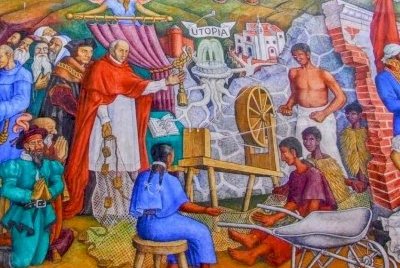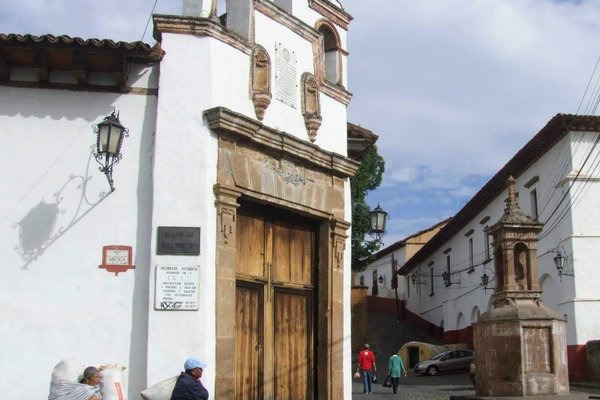Mexico
Patzcuaro
Patzcuaro, Site of Humanistic Memory and Cultural Confluence, represents an important ceremonial center of the Purepecha people and an early colonial city.
In 1538 it also became the episcopal seat of the province. In the Upper Town, the Basilica de la Salud, and the churches of La Compañía and El Sagrario remind of its religious and educational role.
Site Info
Official Information
- Full Name
- Pátzcuaro, Site of Humanistic Memory and Cultural Confluence (ID: 6676)
- Country
- Mexico
- Status
-
Nominated 2026
Site history
History of Patzcuaro
- 2023: Revision
- Partly subsumed in Patzcuaro, Site of Humanistic Memory and Cultural Confluence (TWHS 2023)
- 2023: Revision
- Successor to FTWHS Patzcuaro Lake Cultural Zone (1987), although covering a smaller area excluding the lake.
- 2023: Added to Tentative List
- Added to tentative list
- 1987: Deferred
- Bureau
- 1987: Added to Tentative List
- Added to tentative list
- Type
- Cultural
- Criteria
- ii
- iv
- vi
Links
- UNESCO
- whc.unesco.org
All Links
UNESCO.org
- whc.unesco.org — whc.unesco.org
Community Information
- Community Category
- Urban landscape: Latin American
Travel Information
Recent Connections
News
No news.
Recent Visitors
Community Reviews
Show full reviews
Our visit to Patzcuaro was somewhat fortuitous. It was early in our 2008 trip driving round Central Mexico picking up as many inscribed and T List sites as we could in 17 days. It wasn’t planned as a WHS-related objective and I wasn’t aware that “The Lake Patzcuaro Cultural Zone” was a former T List site, let alone that it had been nominated in 1987 and deferred before being removed. We were driving from Morelia towards Guadalajara and the town and its lakeside villages seemed “interesting” as per LP’s descriptions and were not much “out of the way”! In fact, we were so “taken” with the town that we stayed overnight and “paid” for that with a very early start the next day on the remaining 270 km motorway drive to Guadalajara.
After Morelia, which, IMO, doesn’t really exude “Colonial town” ambience, it was the first of many we were to see which did! It was still very much a “town” rather than a city, with plenty of “indigeno” atmosphere/people, and almost totally vernacular architecture, but with no really outstanding or memorable buildings . What did stick very much in our memory was a magnificent mural from 1942 by Juan O’Gorman titled “The History of Michoacan”. This is located in a building now called the “Gertrudis Bocanegra Public Library” which had been constructed as an Augustine Convent in 1576, converted to secular use in 1880 and turned into a library/cultural centre by the …
Keep reading 0 comments
